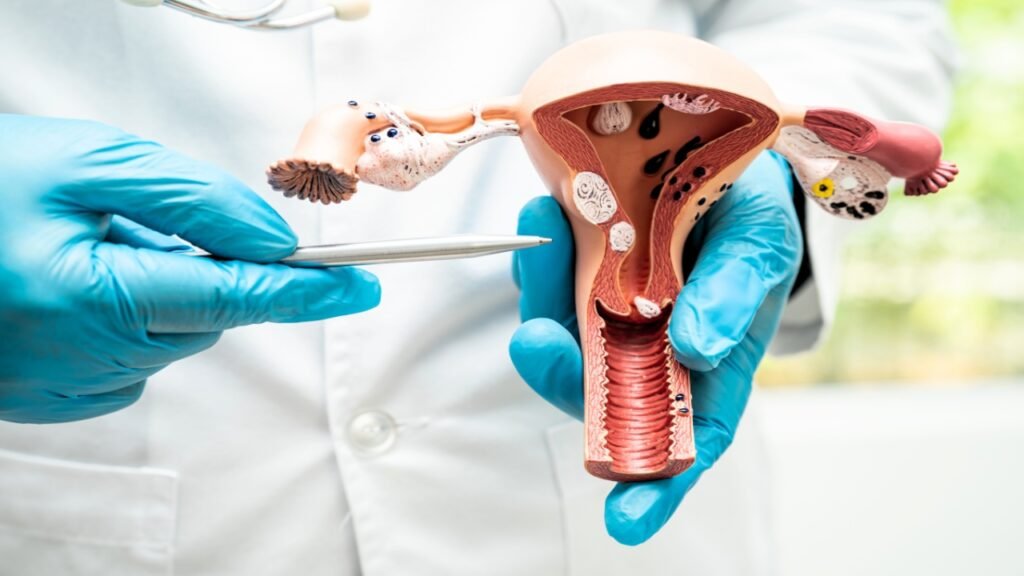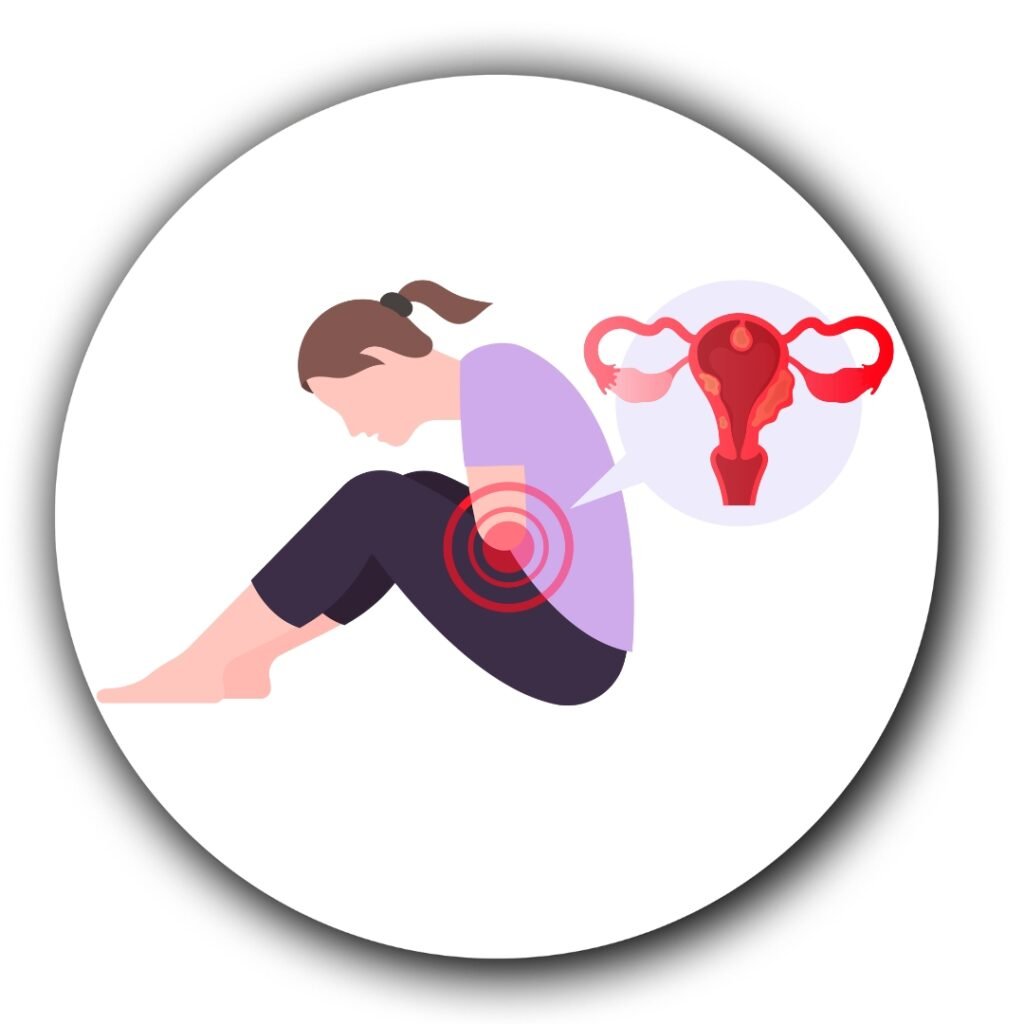Understanding Cervical Cancer
Cervical cancer develops in the cervix — the lower part of the uterus that connects to the vagina. It plays a key role in the female reproductive system.
One of the main causes of cervical cancer is infection with human papillomavirus (HPV), a common virus often spread through sexual contact. While most HPV infections are cleared by the body’s immune system, in some cases, the virus can linger and lead to abnormal changes in cervical cells — which may eventually turn cancerous over time.
Regular screenings and early detection make a big difference, as cervical cancer often develops slowly and can be prevented or treated in its early stages.

What Causes Cervical Cancer?
Cervical cancer begins when healthy cells in the cervix mutate, leading to abnormal growth. These cells begin to multiply uncontrollably, eventually forming a tumor. Over time, this cancer can invade nearby tissues and spread to other parts of the body if not treated.
Major Cause – Human Papillomavirus (HPV) Infection
The human papillomavirus (HPV) is the leading cause of cervical cancer. It’s a common sexually transmitted virus. While most HPV infections are harmless and go away on their own, certain strains can trigger changes in cervical cells that may lead to cancer.
Other Risk Factors
Early sexual activity: Becoming sexually active at a young age increases the risk of HPV exposure.
Multiple sexual partners: More partners raise the likelihood of coming into contact with high-risk HPV strains.
Other sexually transmitted infections (STIs): STIs like chlamydia, gonorrhea, syphilis, or HIV can make the cervix more vulnerable to HPV.
Weakened immune system: People with weakened immunity (e.g., due to HIV or medications) are at higher risk of persistent HPV infections.
Long-term use of birth control pills: Using oral contraceptives for over five years may slightly increase the risk.
Smoking: Tobacco use is linked to an increased risk of squamous cell cervical cancer.
Exposure to DES (diethylstilbestrol): Women whose mothers took this drug during pregnancy may have a higher chance of developing clear cell carcinoma, a rare cervical cancer.



Types of Cervical Cancer
The type of cervical cancer a person has plays a key role in deciding the treatment plan and how quickly the condition may progress. The two most common forms of cervical cancer are:

Squamous Cell Carcinoma
This is the most widespread type, accounting for the majority of cervical cancer cases. It develops in the squamous cells, which are the thin, flat cells that cover the outer surface of the cervix — the part that connects the vagina and uterus.

Adenocarcinoma
This form arises from the glandular cells lining the cervical canal. These cells are column-shaped and are responsible for producing mucus. Adenocarcinoma is less common than squamous cell carcinoma but has become increasingly diagnosed in recent years.
Signs and Symptoms of Cervical Cancer
In its early stages, cervical cancer may not show any obvious signs. However, as the condition progresses, certain symptoms may start to appear.
Common Early Symptoms
Pain or discomfort during sexual intercourse
Pelvic pain not related to the menstrual cycle
Unusual vaginal bleeding, such as:
After intercourse
Between menstrual periods
After menopause
Abnormal vaginal discharge – may be watery, have a foul odor, or appear bloody with a heavier-than-usual flow
Advanced Stage Symptoms
As cervical cancer spreads to surrounding tissues or organs, additional symptoms may include:
Swelling in the legs
Persistent fatigue
Bone pain
Loss of appetite
Unintended weight loss
Difficulty or pain during urination
What Are the Complications of Cervical Cancer?
Cervical cancer can lead to a range of complications, depending on how early it’s detected and how far it has progressed. These complications may vary from mild to life-threatening.
A New Approach to Cancer Healing
at Raghavan Cancer Care
At Raghavan Cancer Care, treatment goes beyond just managing cancer — it’s a complete journey toward physical, emotional, and spiritual wellness.

Metabolic Healing
Dr. Raghavan follows a powerful method inspired by Dr. Thomas Seyfried, focusing on the unique way cancer cells use energy. By supporting the body through special approaches like a ketogenic diet, this method offers a fresh direction in cancer care rooted in metabolic understanding.

Mind-Body Balance
Taking inspiration from Dr. Joseph Mercola, our care also emphasizes the deep link between the mind, body, and spirit. At Raghavan Cancer Care, we believe that emotional and spiritual support is just as important as physical treatment in the healing process.

Food as Medicine
Dr. Wallach’s nutritional guidance has shaped our strong focus on diet. We promote clean, nutrient-rich meals and personalized nutrition plans to help strengthen the body and support recovery naturally.
